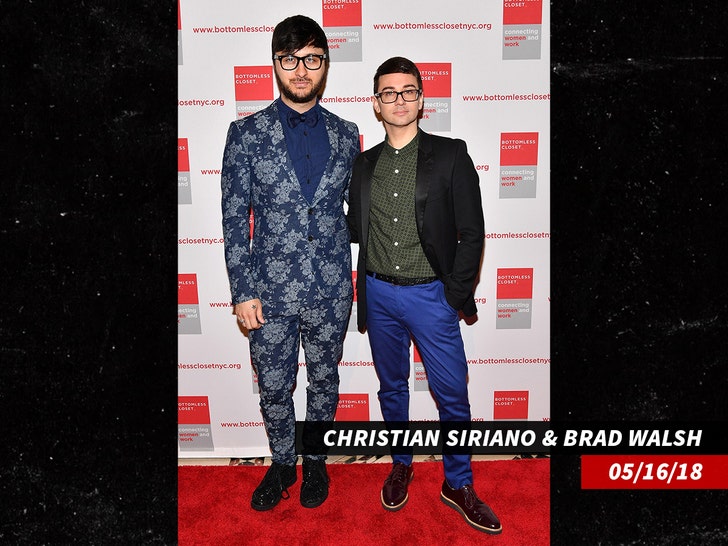

Designers are also forbidden to bring pattern books or similar how-to materials with them during the show, or risk being disqualified from the competition (as was the case of Keith Michael in Season 3 and of Claire Buitendorp in Season 16). Along with the network change to Lifetime, the location changed from New York to Los Angeles for Season 6 only (permanently returning to New York for Season 7.) While on the show, the designers are prohibited from leaving the apartments without authorization, making unauthorized communication with family or friends, or using the Internet to research designs. The designers live together, grouped by gender, at Atlas New York (an apartment building near Parsons) during Seasons 1–3 (back again at Season 5) and at New Gotham during Season 4. They shop for materials at a fabric store in New York's Garment District (usually at MOOD Designer Fabrics) – unless the challenge requires otherwise (e.g., denim jackets and jeans from Levi's, confectionery and souvenirs at the Hershey's Store in Times Square, or fabric at Spandex House in Season 4). The first several seasons were filmed in New York City, at The New School University's Parsons The New School for Design. These challenges may include creating a garment from non-traditional materials, such as: apartment furnishings (Season 3), recyclable materials (Season 3), items from a grocery store (Seasons 1 & 5), edible food items (Seasons 1, 4 & 10), plants and flowers (Season 2), using their own clothes that they happened to be wearing (Seasons 2 & 9), designing clothing with materials from a party store (season 8) or designing for a certain high-profile person (such as actress Brooke Shields, figure skater Sasha Cohen or Miss USA Tara Conner) or designing for a corporate fashion line (e.g., Banana Republic Diane von Fürstenberg Macy's or Sarah Jessica Parker's Bitten) or centered on a specialized theme (such as "cocktail party", "wedding gown", "female wrestling outfit", or "prom dress"). The challenges range in creative diversity to test the designers' ingenuity while maintaining their personal fashion design aesthetic. Each non-finale challenge (the scope of one episode) requires the designers to develop one or more pieces of new clothing to be presented at a runway show. And while it may not be an Herms Kelly, it does the trick.Project Runway uses progressive elimination to reduce the initial field of 12 or more fashion designers down to three or four before the final challenge. Stay tuned to his website for information on when you can order one yourself. (I swear I was trampled multiple times by Louboutin clad lunatics.) So this is the kind of bag I can get behind. I’m still coming off of New York Fashion Week where thousands of faux-fashionistas scrambled to plug their Blackberrys and iPhones into outlets at every Starbucks within a 10-block radius.

This definitely is not what I expected to hear he was doing, but let’s be honest, it’s awesome.
#Christian siriano project runway before after hair windows
The tech savvy designer teamed up with the LA based Silver Lining design house to make an “original duffel bag with windows designed to incorporate two fully and independently functioning solar panels for charging mobile tech.” Um, okay? New York Moves Magazinechallenged Andre to create a bag like no one has ever seen before for a Keep a Child Alive AIDS charity auction. Apparently, he’s been doing good things as of late. Gonzalo, whose work has been inspired by a wide range of topics including the government’s fashion restrictions during World War II and the gay porn industry of the 1970s. After a little ‘net digging, we’re happy to reveal the whereabouts of Mr. Cardi B Wore A Gown Made Of Hair Extensions & I Have So Many Questionsįear not, children.


 0 kommentar(er)
0 kommentar(er)
